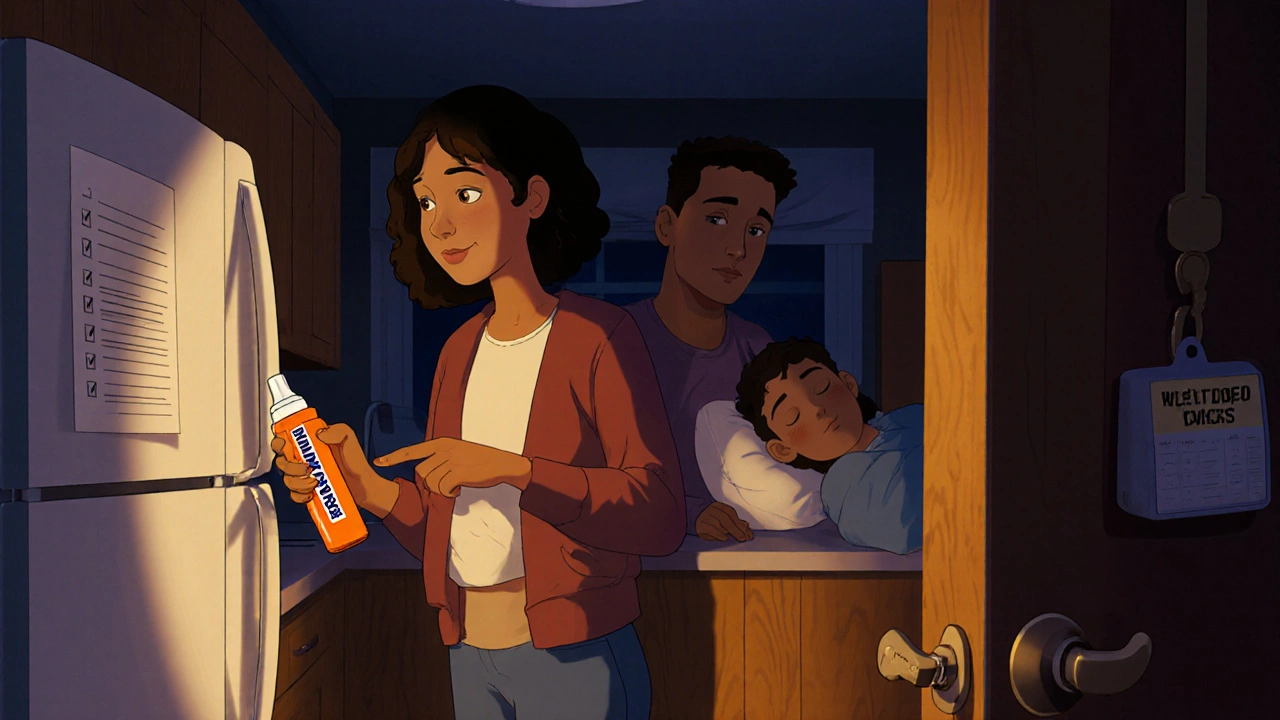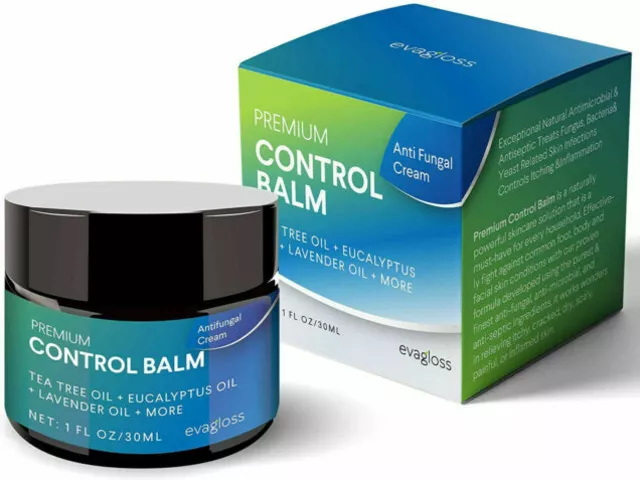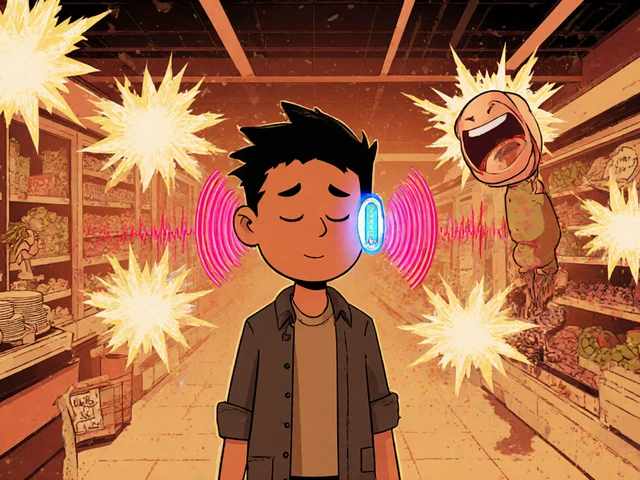Naloxone: What It Is, How It Saves Lives, and Where to Find Reliable Info
When someone overdoses on opioids, time isn’t just important—it’s everything. That’s where naloxone, a fast-acting medication that blocks opioid effects in the brain. Also known as Narcan, it can bring someone back from the edge of death in minutes. Naloxone doesn’t get you high. It doesn’t treat addiction. It simply reverses the overdose, giving someone a second chance to get help.
Naloxone works by kicking opioids off the brain’s receptors. Opioids like heroin, fentanyl, oxycodone, or even prescription painkillers can slow or stop breathing. Naloxone pushes them out and lets the person breathe again. It’s safe, non-addictive, and works whether the overdose is from legal or illegal drugs. You don’t need a prescription to carry it in many places, and it’s often given out for free by community health programs. It’s not a cure—but it’s the most reliable emergency tool we have.
People who use opioids, their family members, friends, or even strangers who witness an overdose can use naloxone. It comes in nasal sprays or injectable forms, both easy to use with minimal training. Many first responders, pharmacies, and even schools now keep it on hand. And while it’s not a substitute for medical care—calling 911 is still critical—it’s the only thing that can act fast enough to prevent death before help arrives.
There’s a lot of confusion around naloxone. Some think it encourages drug use. But studies show it doesn’t. Others think it only works on heroin. It doesn’t—it works on any opioid, including synthetic ones like fentanyl, which are now the biggest cause of overdose deaths. And while naloxone wears off faster than some opioids, that’s why follow-up care matters. The person might need more than one dose, and they still need to be monitored.
What you’ll find here isn’t just theory. It’s real, practical information pulled from posts that dive into how naloxone fits into broader health discussions—from opioid safety to emergency response, medication access, and how other drugs interact with it. You’ll see how it connects to pain management, addiction treatment, and even public health policies. No fluff. No jargon. Just clear, usable facts from people who’ve lived through this or studied it closely.

Naloxone Readiness Plan: How to Keep Patients Safe on Opioids
A naloxone readiness plan saves lives. Learn how to keep patients on opioids safe with easy steps to access, use, and store naloxone - the only medication that can reverse an opioid overdose in minutes.
Categories
- Medications (44)
- Health and Medicine (41)
- Health and Wellness (34)
- Online Pharmacy Guides (15)
- Nutrition and Supplements (7)
- Parenting and Family (3)
- Environment and Conservation (2)
- healthcare (2)
- prescription savings (1)
Popular Articles



